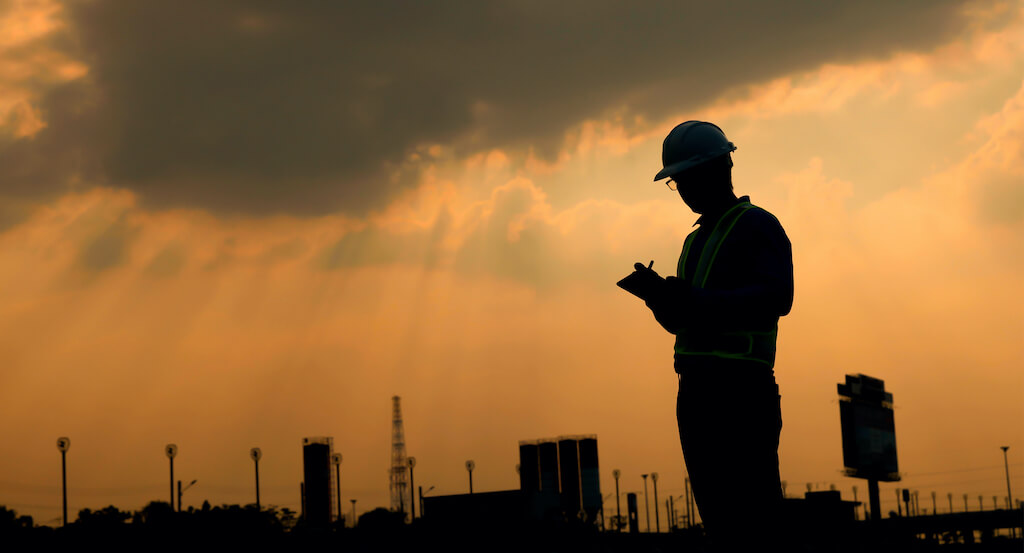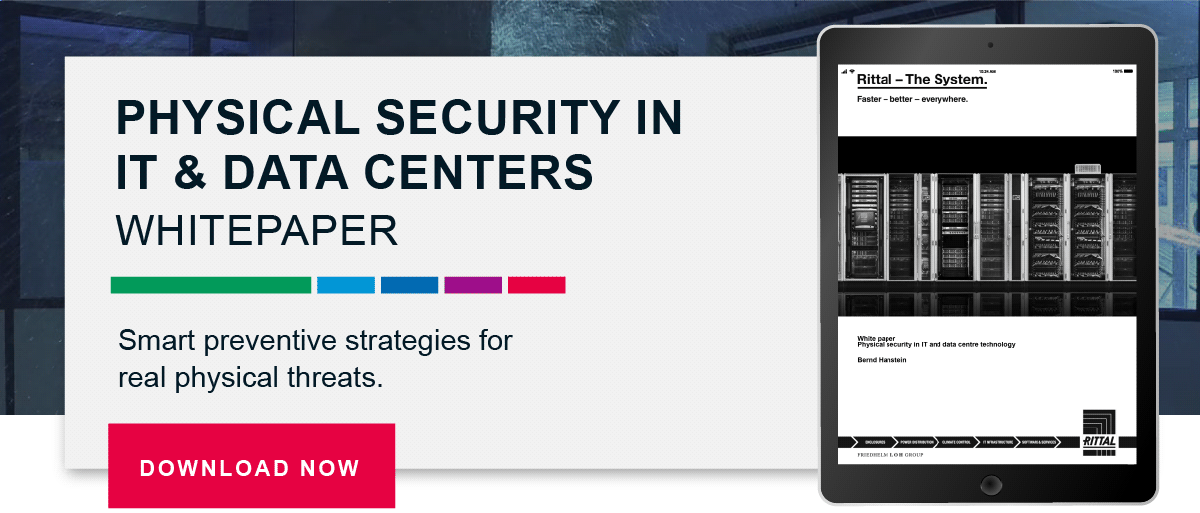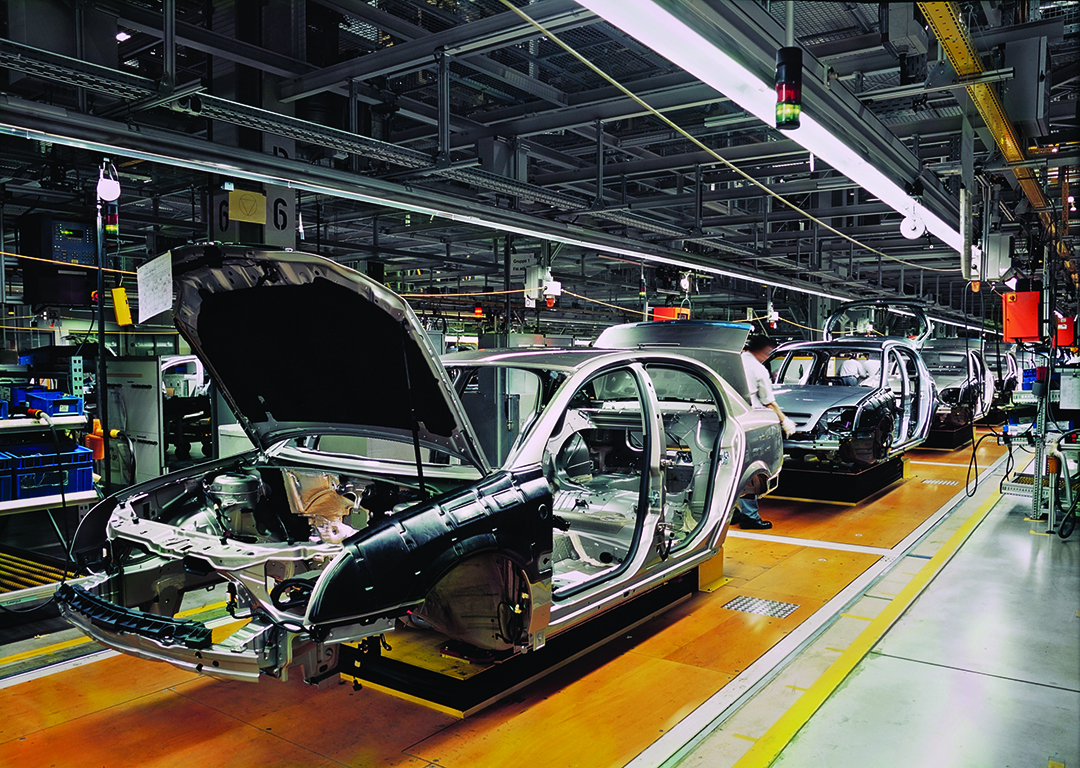
By 2025, more than 75% of enterprise-generated data will be created and processed outside the traditional data center or cloud (according to Gartner). It is easy to proclaim that Edge computing’s benefits are here to stay, but there is one big issue: managing and maintaining an outdoor Edge deployment is no picnic.
It is inherently challenging to run high-end IT appliances within environments that are potentially hazardous to that equipment. Similarly, some IT cabinet manufacturers are better prepared to handle these challenges, which can go a long way in minimizing threats.
A lot of effort goes into planning an Edge installation — whether a single standalone cabinet to a multi-footprint “Edge data center” — including following industry recommendations from ASHRAE, the global authority on heating, ventilation, air conditioning, refrigeration, and related fields.
In fall of 2020, a new technical bulletin was released by ASHRAE focusing on the risks associated with Edge computing design and reliable operation, with a focus on outdoor deployments. ASHRAE Technical Committee (TC) 9.9 covers mission critical facilities, technology spaces, and electronic equipment.1
The new technical bulletin is basically applying older recommendations to a new scenario, outdoor Edge deployments. The short story: the ASHRAE TC 9.9 technical bulletin is now the “blueprint for all new Edge deployments,” featuring best practices to mitigate risks when it comes to temperature, humidity, and air quality, as well as how those affect IT equipment warranties.1 In addition, the ASHRAE thermal guideline standard was updated in spring 2021.
We previously shared tips for preparing your Edge infrastructure, and in next week’s blog we will cover considerations to design/install/maintain an outdoor Edge application. Today, the focus is on ASHRAE’s outdoor Edge considerations.
1. Types of Outdoor Edge Installations
Before we dive into the potential hazards to handle, let us first discuss what these structures look like. As you may expect, these are more modular in nature and can be easily installed.
Single 1- or 2-Rack Cabinet — Similar to what is seen at substations and outdoor electrical plants, these phone-booth-sized cabinets may hold only a rack or two, making maintenance more complicated.
Pre-Engineered Solutions — These modular data center systems/subsystems are pre-assembled in a factory, most often mounted on a skid for quick, easy installation. Many are fabricated from steel shipping containers and may have a small vestibule area in which a maintenance person can stand after entering. Contaminants may enter as well, yet are contained within this entry area. Working on equipment in these environments is easier than most of the other options.
Small Stand-Alone Brick-and-Mortar — These are simply small data centers, yet even these usually replace the brick-and-mortar feel with a custom design for the available space.
All of these Edge configurations share a common aspect: they are located in outdoor, uncontrolled locations, from both an environmental and security perspective. These random locations put installed IT components at greater risks of damage or failure, much more than found in more traditional IT spaces. Performance could be dramatically altered by simply opening the outer door and exposing the inside to temperature, humidity, and/or air quality challenges.
2. Environmental Challenges Unique to Outdoor Edge Installations
It was mentioned earlier but bears repeating here. It is important to know and understand IT equipment suppliers’ warranties. The range of environmental conditions specified in the warranties could be exceeded by simply opening the data center door. Take the time to check the specifications for each piece of IT equipment before deployment, and ensure that the cabinet is designed to support the most minimal specifications.
With warranties in mind, now consider these problems or concerns that need to be addressed in an outdoor Edge installation. Can simply opening the door introduce these environmental challenges?
Extreme Temperatures — During a very cold day (0°F/–18°C, for example), what happens when the door is opened and the inlet airstream hits IT equipment? Is this below the equipment’s specified limit? Similarly, a very hot day could send temperatures far beyond anything found inside a safe, controlled data center. Most of these problems occur with small cabinets, especially if its door needs to remain open for long periods of time.
High Humidity — Some rainy days can create high relative humidity (95%, for example) that exceeds the IT equipment’s specified limit. A sudden inrush of high humidity could create condensation. Also, avoid weather conditions when the air temperature drops below the dew point, which can also create condensation. These “condensation events” are prohibited by most manufacturers’ specifications. Can service be done on such a day, or will it have to wait?
Dust and Pollen — Speaking of humid environments, hot and humid areas typically produce large dust particles, but drier areas suffer from microscopic dust. For example in March 2021, South Korea was blanketed by massing storms of “yellow dust,” which blew up from the Inner Mongolia region of China’s Gobi Desert, clogging up inlet filters, increasing fan power draw, reducing cooling efficiency, and hurting performance.
Gaseous Pollutants — Air quality in general, including both dust and gaseous pollutants, is vitally important for outdoor Edge data centers. Gaseous pollutants can cause IT equipment failure. Corrosion can damage exposed copper and silver on components as well as printed circuit boards. ASHRAE specifies corrosion rate limits, which may need to be met by installing chemical filtration that avoids corrosion-induced failures of IT equipment.1
As shown in the dust example above, these threats can vary widely by location, be short in duration, and may be seasonal (agricultural spraying or burning, grass mowing, wind direction, etc.). Even seasonal wildfires can add smoke and debris to the air.
Moisture/Salt — An Edge installation located near the ocean creates unique challenges. How do you prevent the moisture and salt in the air from wreaking havoc on the structural integrity of the cabinet? After all, if salt can damage a vehicle, it can certainly hurt IT equipment. How can you mitigate these as you open the door to do maintenance?
Rodents/Insects/Animals - And as much as bugs and snakes give us the creeps, they can do a lot worse in an outdoor Edge installation. From deciding these protected spaces look like great places to turn into a home, to chewing through all those cables or even being a physical threat to personnel (think poison snakes or dangerous stings), living creatures add another threat level to these deployments.
3. Physical Security
Standalone Edge installations, especially located outdoors, fall short of big data centers’ security robustness. Likely in a remote location, vandalism is a concern. While spray paint on the outside of a data center won’t hurt what’s inside, a small data center in the middle of a barren field can quickly become a target for some shooting practice.
During design, sufficient thought must be put into how much physical protection is required. You need to determine security needs based on the Edge infrastructure’s specific conditions and environments.
4. Maintenance
Weather conditions are unimportant when it comes to maintaining a traditional data center. Snow, sleet, heat, and wind simply won’t come anywhere near IT network/server racks. That attitude quickly changes for an outdoor Edge deployment, and you are no longer in complete control.
Obviously, IT equipment is expensive, so keeping it up and running as long as possible is the goal. One way to do that is to minimize the influence of outside factors as much as possible. So now, regular maintenance can suddenly involve using a collapsible and temporary tent to prevent outside contaminants and precipitation from getting to equipment.
This should not be a last-minute consideration. You need a plan well before that door is opened and equipment is potentially exposed to the natural elements. You are not always going to have the luxury of postponing equipment maintenance until there is perfect, sunny weather.
What is needed for a container-based data center? Perhaps a mantrap solution that minimizes IT equipment’s exposure to environmental threats. What about when the structure is too small to enter? An expandable bubble or tent equipped with a heater or A/C unit can keep IT equipment within specified limits.
Key to the successful maintenance program will be active and continuous monitoring of all installed components. You must use all on-board monitoring systems for the installed IT appliances as well as the supporting infrastructure: power/UPS, climate control, environmental parameters.
5. IT Cabinets for the Edge
When it comes to what’s happening inside the outdoor Edge, what should the IT cabinets add to the deployment? Here are some tips:
- Features created for the Edge: You need reliable protection in harsh environments, right? So, look for products offering higher levels of protection (NEMA12, 4, 3R and IP55, 56); also heat-removal solutions (in-rack airflow management and AC units) designed for fluctuating IT loads
- Scalable solutions: Future-proof cabinets with close-coupled cooling systems that will scale easily as equipment configurations evolve
- Closed-loop cooling: Confidently handle large thermal loads and power density challenges without any additional containment or relying on ambient conditions
- Network interface: IT cabinet cooling systems should connect through IoT devices for active monitoring via Data Center Infrastructure Management (DCIM)
- Flexibility: Quick Edge system setup can be accomplished with the right IT cabinets (various output classes that can be combined into a ready-to-use solution)
Advanced Solutions to Meet ASHRAE Recommendations
Rittal’s LCP DX is a refrigerant-based IT cooling solution that meets Edge infrastructures’ availability demands, ensuring the uninterrupted flow of data. Especially useful is bundling LCP DX with Rittal’s platform design capabilities (see below) to create a closed loop solution that keeps outside air out of the cabinet.
Rittal cabinets rated IP 55 — the Ingress Protection code system for measuring cabinets’ capabilities — demonstrate nearly complete protection from particles and a good level of protection against water, including corrosion. Meeting the standard indicates that the cabinet prevents water droplets and dust particles of certain sizes from getting into the cabinet. Rittal products also prevent heat buildup.
Rittal has created an outdoor version of the Blue e+, the indirect cooling system during which inside air does not come into contact with the outdoor environment. Inside the cabinet remains a clean and pristine environment that takes advantage of ambient conditions, economizes cooling, and does not run up too much power on the compressor.
Rittal’s Competence Center provides customers with full platform design capabilities, from design to implementation. Email any questions you may have regarding your Edge application to datacenterengineering@rittal.us. We’ll dive deeper into those capabilities in our followup blog article in a week.
SOURCE:
1ASHRAE TC 9.9 Technical Bulletin: Edge Computing: Considerations for Reliable Operation is ©2020 ASHRAE. ASHRAE is a registered trademark in the U.S. Patent and Trademark Office, owned by the American Society of Heating, Refrigerating and Air-Conditioning Engineers, Inc. www.ashrae.org



